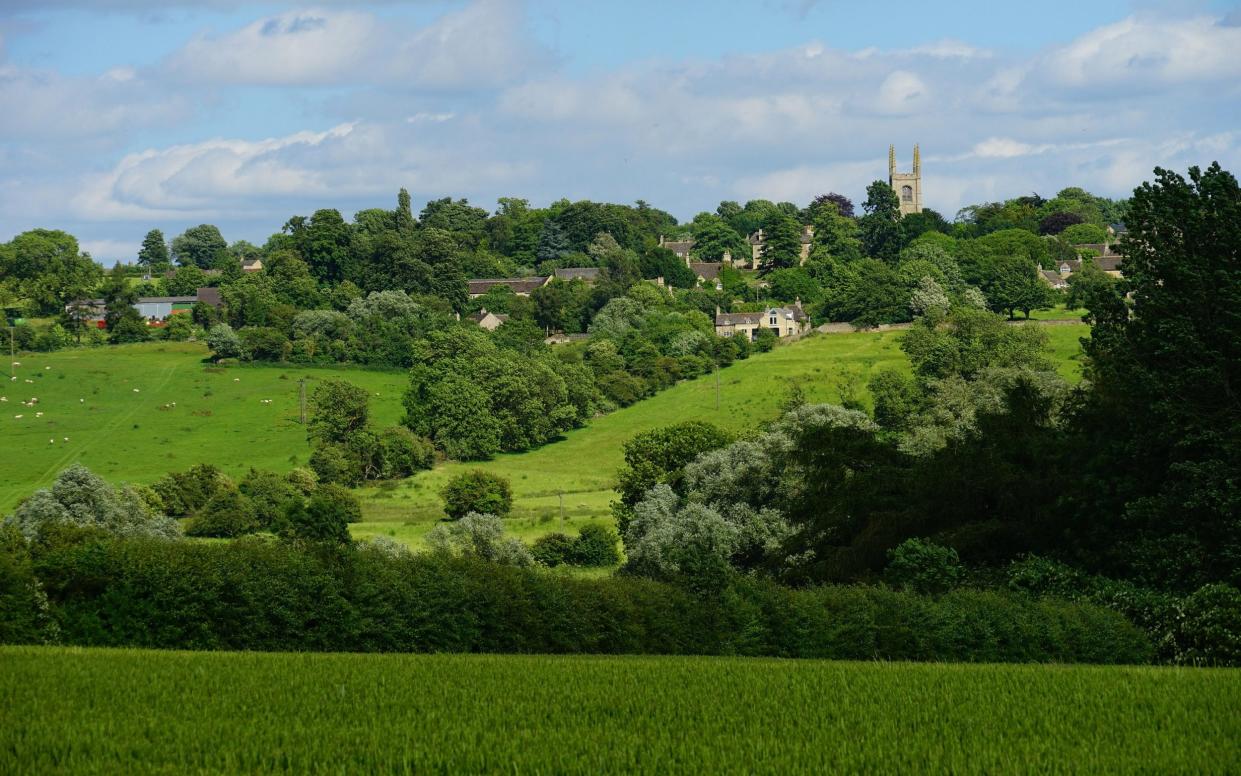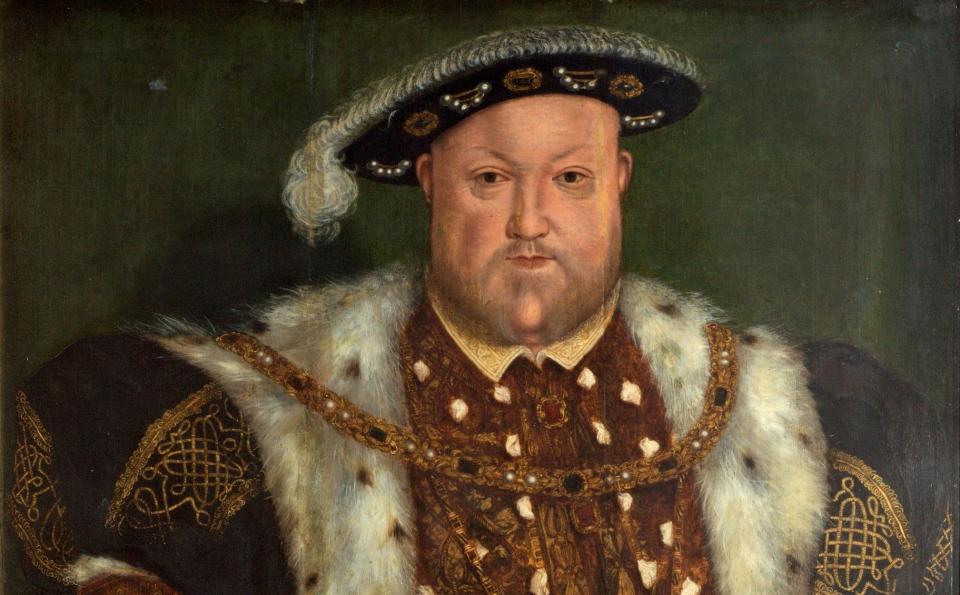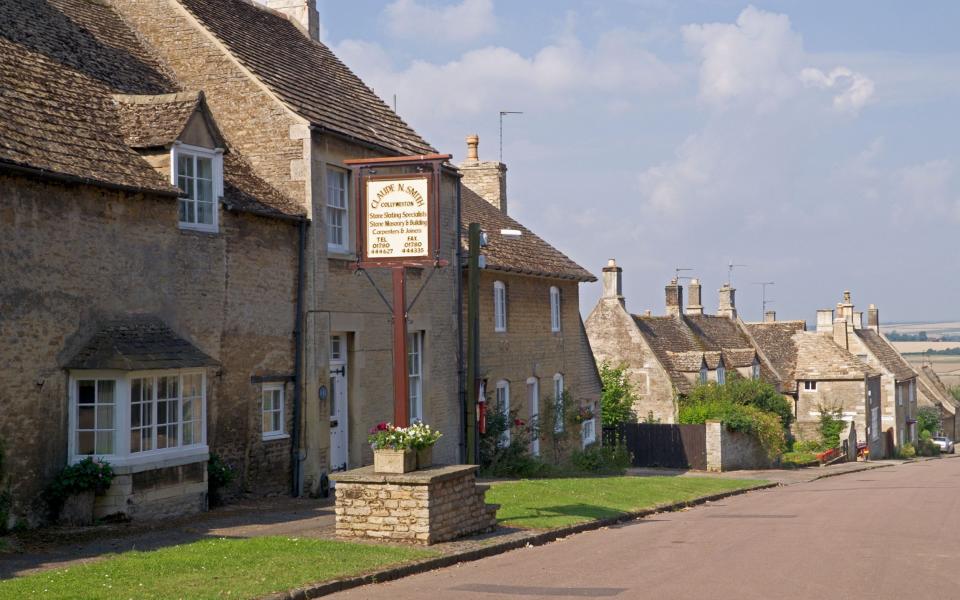Amateur historians discover long-lost Tudor palace

- Oops!Something went wrong.Please try again later.
A self-styled “bunch of amateur” historians have discovered a long-lost Tudor palace belonging to the grandmother of Henry VIII.
The palace, which had been lost for centuries, had become something of a legend in Collyweston, Northamptonshire.
Now, after eight years of research, surveys and excavation carried out by Collyweston Historical and Preservation Society (CHAPS), a series of underground structures have been discovered.
They were trying to figure out if the palace belonged to Lady Margaret Beaufort, mother of Henry VII and grandmother to Henry VIII.
The site would therefore have been visited by both Henry VIII himself and his daughter, Elizabeth I.

Chris Close, the chairman of the group, said: “It’s not every day you get the chance to find a royal palace.
“A lot of people have resonated with how a bunch of amateurs in a historical society have found a palace, with very little funding and resources. We are no experts with no artists’ impressions to call upon.”
He added that many in the group had grown up hearing of the palace and they “wondered what it looked like, who lived in it and why it was there”.
The palace would have been made up of a large network of buildings situated to the west of High Street and was recorded as being “one thousand paces in area”. It would have included a great hall, jewel tower and guard houses, with the capacity to host hundreds of people at once.
Mr Close added: “It was an administrative centre for the Midlands.”
The structures were found beneath the grounds of seven properties in the village but CHAPS is remaining close-lipped about the exact whereabouts of the site to ensure the homeowners are not affected.
The structures will remain underground so they do not change the lives of residents nearby.
Mr Close said: “This is something Stamford and the surrounding areas should be really proud of.
“It is something that has never really been acknowledged. It has gone from a palace no one knew anything about to knowing how important it was during a time when the whole of the country was run by privy councils from here.”

Following the death of his father in 1509, Henry VIII – aged just 17 – ascended the throne.
After his grandmother Lady Margaret’s death later that year, Collyweston Palace was passed back into the hands of the crown and later bequeathed to Henry’s second wife Anne Boleyn.
Henry VIII described it as “a palace fit and neate for a Kynge”.
It was later bought by the Tryon family but what had once been a thriving Tudor palace became empty a century later and is believed to have fallen into disrepair before being lost for hundreds of years.
A new phase of work exploring Collyweston’s role in the progresses of Henry VIII himself is set to start.
The Henry on Tour project, led by Historic Royal Palaces and colleagues at the Universities of York and Newcastle, will work with Collyweston Historical Society to investigate ways of bringing Henry’s visit to life for the local community.
“What I have learnt from this is any society or organisation out there which has something of interest on their doorstep should learn to investigate,” said Mr Close.
“If you feel you don’t have enough money or expertise, with lots of hard work you can do it.”
The group said it has “had to learn the hard way” and that uncovering history takes a lot of time, despite what TV shows can suggest.
“In reality it is very different – this has taken seven years,” he said. “We will always be researching.”
Mr Close is one of six volunteers alongside Sandra and Paul Johnson, Debby Guthrie, Sarah Baker and Linda Ball. He has done the research alongside his job in construction. “It is very much a love project,” he added.

